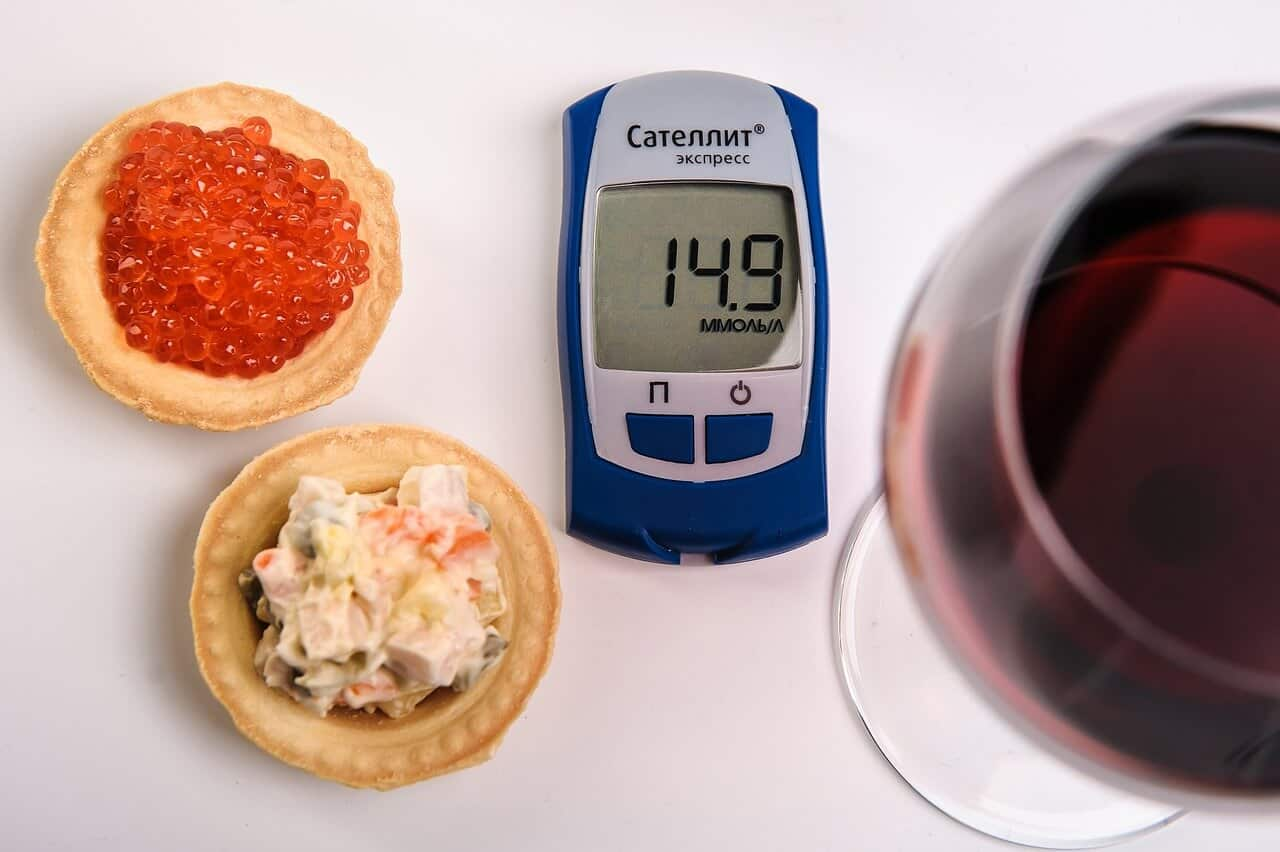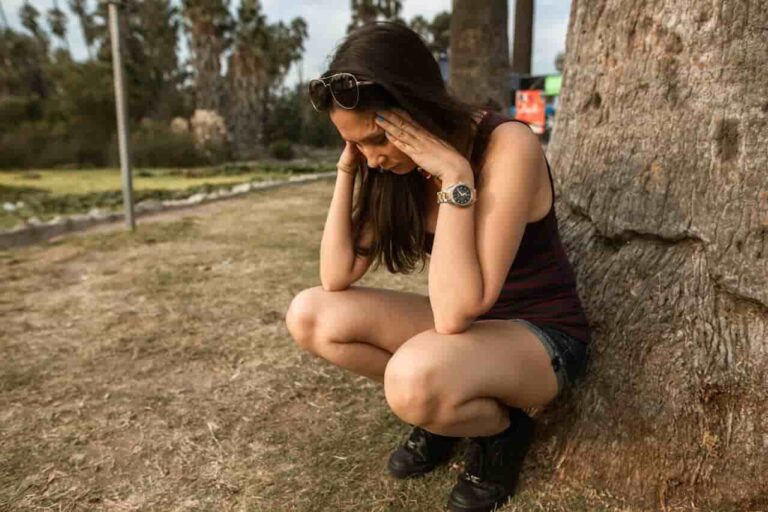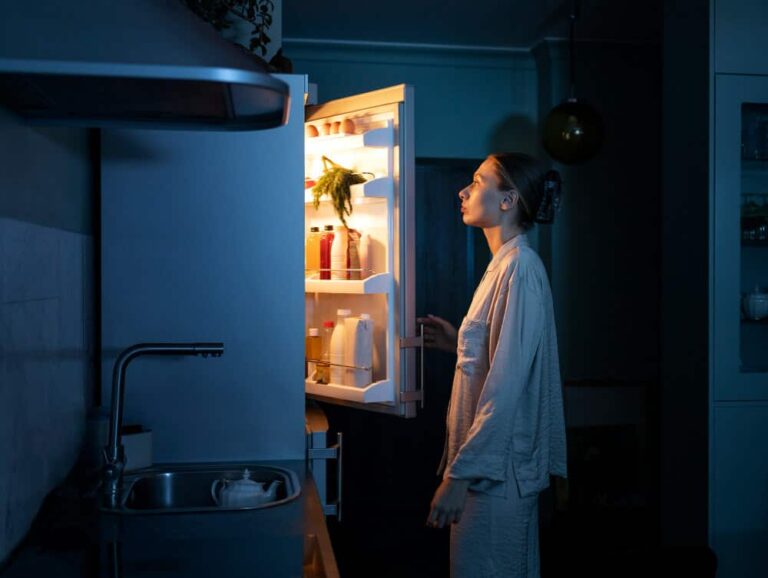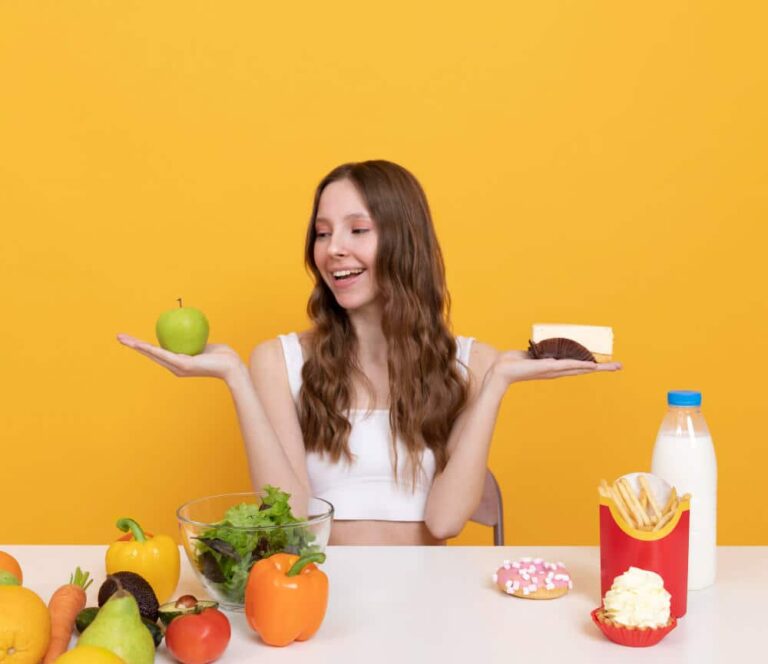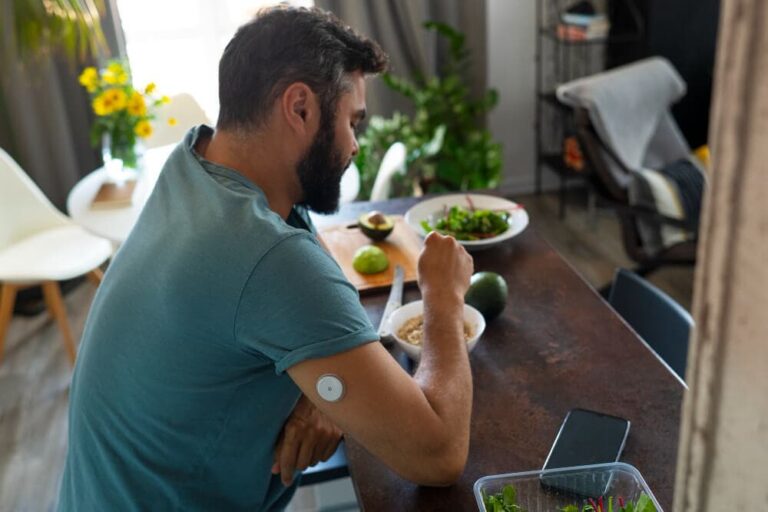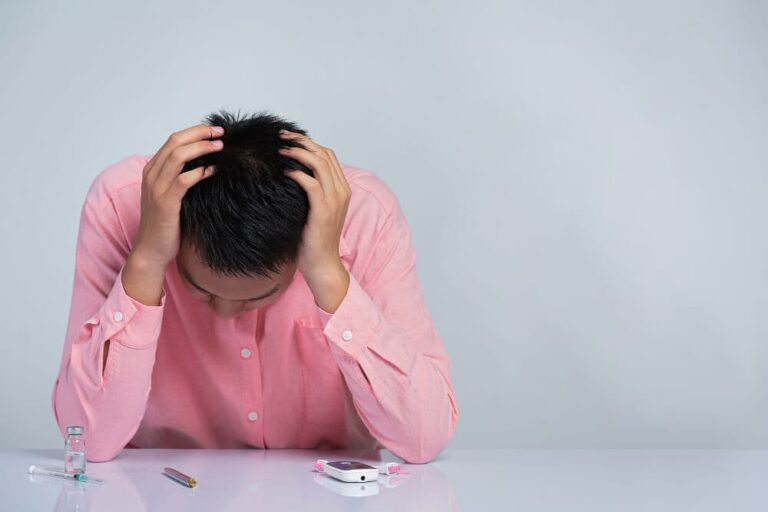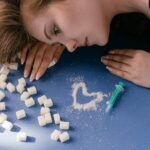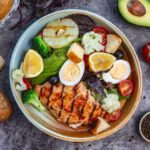Let’s be honest. There are moments in life with Type 1 Diabetes that feel particularly unfair. Watching your friends casually order a round of sugary cocktails while you’re mentally calculating the carb count of a light beer is definitely one of them.
Navigating the world of alcohol with a faulty pancreas can feel like trying to solve a complex math equation… in the dark… after two drinks. The fear of a catastrophic low blood sugar can make you want to swear off happy hour forever and become a permanent designated driver.
But living a full life with T1D doesn’t mean giving up on the social rituals that bring us joy. It doesn’t mean you can’t raise a glass at a wedding or enjoy a beer while watching the game. It just means your “happy hour” comes with higher stakes. It requires a game plan, a healthy dose of respect for the science, and a few pro-level strategies.
So, let’s pull up a barstool and have a real talk about what’s safe to sip, what to steer clear of, and how to wake up in your own bed with a stable blood sugar.
A VERY Important Disclaimer: This is serious business. I am not a doctor. This guide is a collection of harm-reduction strategies, scientific facts, and lived experiences. Alcohol affects everyone differently. It can significantly increase your risk of severe hypoglycemia. Please talk to your endocrinologist about your personal risk factors before you drink. And please, drink responsibly.
The Science of the Sip: Why Alcohol is a T1D Wildcard
To drink safely, you need to understand the two-act drama that alcohol creates in your body.
Act I: The Sugar Spike (The Obvious Villain)
This part is simple. Sugary drinks—margaritas, daiquiris, regular soda mixers, ciders, sweet wines—are loaded with fast-acting carbs. They will spike your blood sugar, just like any other sugary beverage. This part is easy to understand and, in theory, easy to bolus for (though often tricky in practice).
Act II: The Delayed Hypo (The Silent Assassin)
This is the real danger. This is what makes alcohol so uniquely risky for us. When you drink alcohol, your liver gets a new priority job: metabolizing the alcohol and clearing it from your system.
Normally, your liver is constantly trickling out a small amount of stored glucose (a process called glycogenolysis) to keep your blood sugar stable, especially when you’re not eating. This is what your basal insulin is designed to cover.
But when your liver is busy processing alcohol, it stops releasing glucose. The glucose tap gets turned off.
The result? Hours later—long after you’ve finished your drink, often while you are asleep—your basal insulin is still working, but there’s no incoming glucose from your liver to counteract it. This can lead to a severe, stubborn, and potentially life-threatening low blood sugar.
The interaction between alcohol and diabetes is complex, and the American Diabetes Association provides detailed guidelines.
The “Best” & “Worst” List: A T1D’s Guide to the Bar Menu
So, what’s the best alcoholic drink for Type 1 Diabetics? The boring but true answer is: the one with the least amount of sugar and the most predictable effect.
| Drink Category | The “Safer” Choices | The “Approach with Extreme Caution” Choices |
| Wine | Dry Red or White Wine (e.g., Cabernet, Pinot Grigio). Approx. 2-4g carbs per 5oz glass. | Dessert Wines (Port, Moscato), Sangria. Often 15-30g+ carbs. |
| Beer | Light Beer (e.g., Michelob Ultra, Miller Lite). Approx. 3-6g carbs per 12oz bottle. | Craft Beers (especially IPAs, Stouts). Can have 15-30g+ carbs. |
| Spirits | Straight Spirits (Vodka, Gin, Tequila, Whiskey, Rum). 0g carbs. Mixed with soda water, diet soda. | Sugary Cocktails (Margarita, Daiquiri, Cosmopolitan), anything with juice or simple syrup. Can be 30-60g+ carbs. |
| Seltzers & Ciders | Hard Seltzers (White Claw, Truly). Approx. 1-3g carbs per can. | Hard Ciders, Wine Coolers. Almost always very high in sugar, often 20-40g carbs. |
Your Pre-Party Safety Protocol: The Non-Negotiable Rules
Think of this as your pre-flight checklist. Don’t leave the ground without it.
- NEVER Drink on an Empty Stomach: Food, especially food with carbs, protein, and fat, slows the absorption of alcohol and provides a buffer against lows. Eating a meal before you drink is your #1 safety rule.
- Know Your Numbers (and Trends): Check your blood sugar before you start drinking. If you’re already low or trending down, treat the low and wait until you are stable before having a drink.
- The Buddy System is Not a Joke: You’re going out? Make sure at least one trusted friend knows you have T1D. Tell them what a hypo looks like for you and where your emergency glucose is. A drunk person and a hypo person can look dangerously similar.
- Wear Your Medical ID: If something happens and you can’t speak for yourself, a medical ID bracelet or necklace can speak for you. It’s a simple, life-saving tool.
Dosing, Sipping, and Snacking: Your Real-Time Strategy
You’re at the party, you’ve followed the rules. Now what?
- To Bolus or Not to Bolus?
- For a zero-carb drink like a vodka soda or a glass of dry wine, you do not need to bolus. In fact, bolusing could be dangerous.
- For a sugary drink (which we advise against), you would technically need to bolus for the carbs, but this is an advanced and risky game. You’re trying to match your insulin to a fast-acting sugar spike while knowing a delayed low is coming later.
- Pace Yourself: Sip your drink slowly. Alternate with glasses of water. This gives your liver more time to process the alcohol and reduces the overall impact.
- The Bedtime Snack is Your Best Friend: This is critical. Before you go to sleep, have a snack that contains both complex carbs and some protein/fat (e.g., peanut butter on toast, a small bowl of cereal with milk, cheese and crackers). This gives your body a slow-releasing source of glucose to fight off that potential overnight low.
- Consider a Temporary Basal Reduction: For insulin pump users, running a temporary reduced basal rate overnight (e.g., 70-80% of your normal rate for 4-6 hours) can be a powerful safety net. Discuss this specific strategy with your doctor.
Final Thoughts: Cheers to Confidence, Not Chaos
The best alcoholic drink for Type 1 Diabetics isn’t a specific brand of vodka or a type of wine. It’s the one you consume with knowledge, respect, and a solid plan.
You don’t have to live in a bubble. You can and should enjoy the social fabric of life. But we have to be smarter than everyone else in the room. We have to be the ones who plan for Act II while everyone else is just enjoying Act I.
So go ahead. Enjoy that glass of wine with dinner. Have that light beer with a friend. Do it safely, do it responsibly, and own it. Here’s to balance, and to a life that’s shaken, not stirred, by diabetes.


